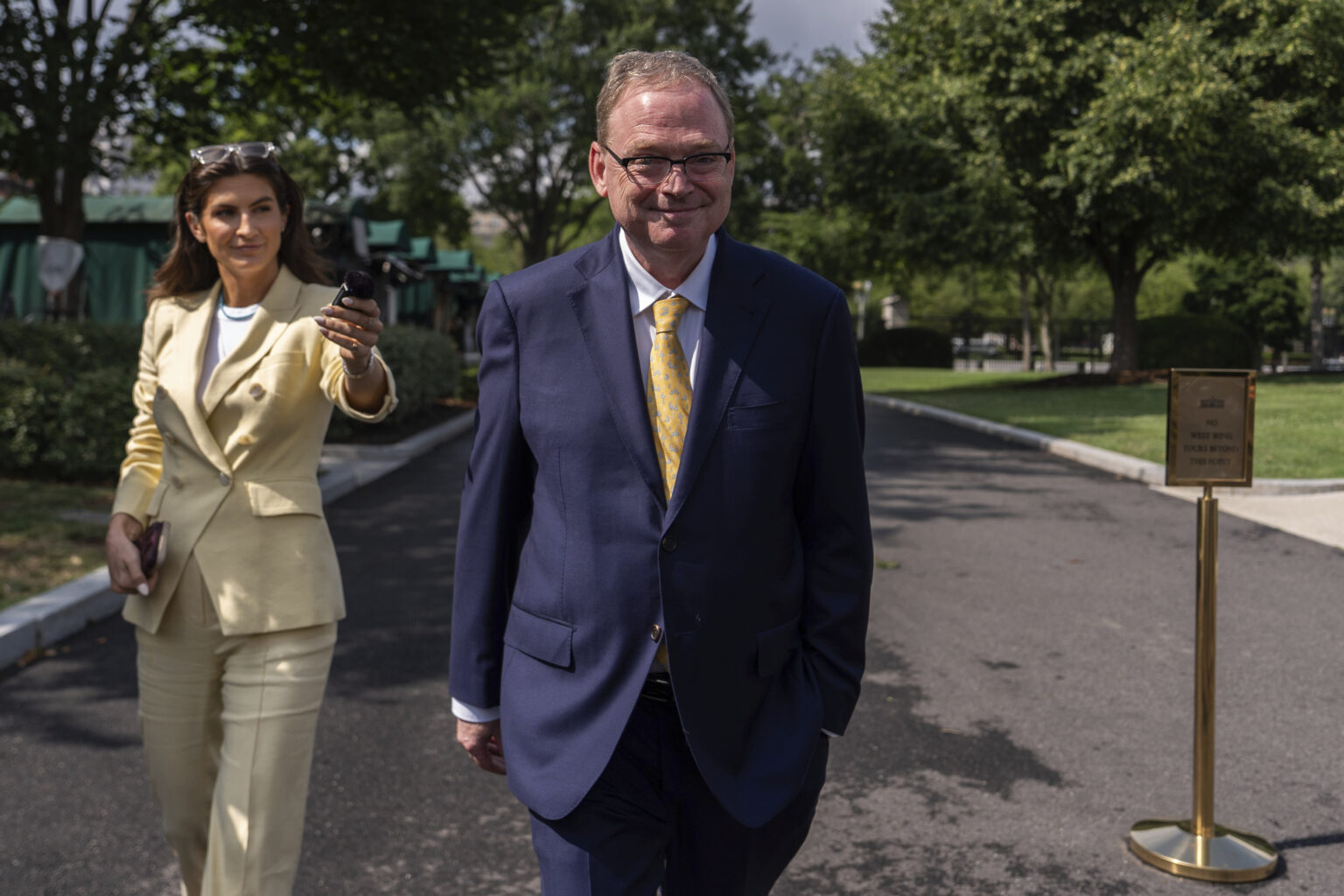Kevin Hassett Emerges as a Leading Candidate for Federal Reserve Chair Amid Political Shifts
In recent developments, Kevin Hassett, the chief economic advisor to the White House, is increasingly being considered as a prime candidate to succeed Jerome Powell as the next Chair of the Federal Reserve. Sources familiar with internal discussions indicate that President Donald Trump is contemplating appointing a leader whose views align more closely with his economic priorities, particularly regarding interest rate policies.
Uncertain Path to the Chairmanship
While the process remains dynamic and no final decision has been announced, Hassett’s candidacy is gaining traction due to several strategic advantages. As the head of the National Economic Council and a seasoned economic advisor during Trump’s first term, Hassett’s experience and connections position him as a formidable contender. However, the outcome is still uncertain, and other candidates are also in the running.
Why Hassett Stands Out
At 63 years old, Hassett is among at least four individuals considered by Trump to be more receptive to his desire for lower interest rates than the current Fed Chair, Jerome Powell. During a recent press conference, Trump publicly criticized Powell’s performance, describing him as doing a “terrible job” and advocating for interest rates to be slashed by three percentage points. Although Trump clarified he has no immediate plans to dismiss Powell, his comments underscore his preference for a more accommodative monetary policy.
Hassett’s close rapport with Trump, cultivated over nearly a decade, sets him apart. His tenure includes roles in the first Trump administration, subsequent work at a private equity firm founded by Jared Kushner, and ongoing advisory roles during the 2024 presidential campaign. This history has helped bolster his standing among Trump loyalists seeking a Fed chair aligned with the administration’s economic agenda.
Strategic Advantages and Market Perceptions
Experts note that Hassett’s academic background, conservative economic philosophy, and extensive network within right-leaning economic circles enhance his appeal. Additionally, his ability to communicate complex economic concepts effectively to the public makes him a valuable asset in the eyes of political strategists. Market analysts, like Krishna Guha from Evercore ISI, highlight that Hassett’s main challenge will be demonstrating his independence from Trump to maintain the Fed’s credibility.
The Political Tightrope of Federal Reserve Leadership
Choosing a new Fed chair involves navigating a delicate balance: maintaining the institution’s independence while responding to political pressures. The incoming chair will face intense scrutiny from financial markets and within the Fed, as questions about political loyalty versus policy integrity come to the forefront. The risk is that perceived political influence could undermine the Fed’s ability to effectively combat inflation and stabilize the economy.
Jon Hilsenrath, a renowned economist at Duke University, emphasizes that familiarity with Trump may be advantageous for securing the position but does not necessarily translate into effective leadership. The new chair must prioritize the Fed’s credibility and long-term stability over political considerations.
Other Leading Contenders and Their Strengths
In addition to Hassett, several other notable figures are vying for the role. These include former Federal Reserve Governor Kevin Warsh, Treasury Secretary Scott Bessent, and current Fed Board Member Christopher Waller. Each candidate brings unique strengths to the table.
- Kevin Warsh: Known for his strong ties to Republican economic circles and a close relationship with Trump, Warsh has been publicly favored by the president, who once expressed a preference for him over Powell.
- Scott Bessent: Recognized as a trusted policy advisor with significant connections to Wall Street, Bessent’s expertise could help bridge the gap between the Fed and financial markets.
- Christopher Waller: As a sitting Fed official, Waller offers insider knowledge of the central bank’s internal processes. He has shown openness to rate cuts and emphasizes that his decisions are driven by economic data rather than political motives.
Potential Timing and Political Dynamics
While Hassett initially expressed reluctance about pursuing the Fed chair role, recent signals suggest he is now open to accepting the nomination if offered. Market observers anticipate that President Trump could make a decision as early as this month, with the new chair potentially assuming office in early 2026, coinciding with the departure of current Fed Governor Adriana Kugler. Powell’s term as chair extends until May 2024, and he can remain on the board until 2028.
Shifting Perspectives Within the Federal Reserve
Interestingly, Hassett has recently become more critical of the Fed’s policies, diverging from his previous stance on the institution’s independence. In a recent interview, he criticized the central bank for maintaining high interest rates and called for reductions of at least 1.5 percentage points. He also publicly condemned the costly overhaul of the Fed’s headquarters, describing it as “an absolute debacle,” amid ongoing concerns about project costs and management.
Implications for Monetary Policy and Political Influence
This shift signals a potential change in his approach to monetary policy, aligning more closely with Trump’s economic priorities. Historically, Hassett has advocated for lower interest rates and supported policies aimed at fostering economic growth. His background as an economist specializing in taxation and investment further underscores his understanding of the broader economic landscape.
As the debate continues, the selection of the next Fed chair will significantly influence the trajectory of U.S. monetary policy, especially amid ongoing economic uncertainties and inflationary pressures. The decision will also serve as a barometer of the political influence on the central bank’s traditionally independent stance, shaping the future of American economic stability.

